
There's no way to know how a new console will look on your shelf until they sell it. Even if the machine is displayed full-frontal, if it's early enough plenty of things can change in the final product. This happens all the time. When the Gamecube was announced Nintendo said it'd run on DVDs and when the Game Boy Advance was revealed they claimed websurfing would be a function. Sony frequently lies on purpose: they claimed the PS2 would be able to "jack you into the Matrix" (not kidding here).
Every game machine goes through a pre-production experimentation phase. For historical purposes, let's take a look at some.......

Sources: the entire Internet
NES
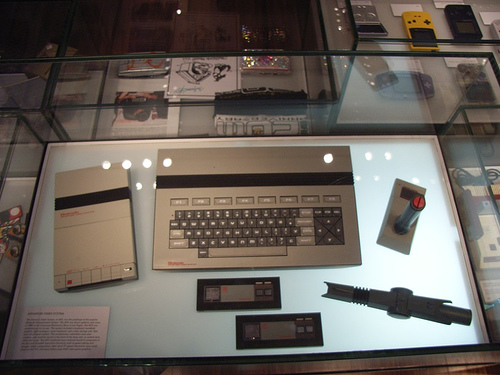
Nintendo's first try at Americanizing the Famicom was the Nintendo AVS (for Advanced Video System), which is on free display behind glass at New York's Nintendo World Store. The AVS prototype involved two wireless controllers with squares for directional pads instead of crosses....plus a very different-looking Zapper, an optional wireless joystick, and keyboard and tape recorder attachments. All these elements nudged themselves into the console for safe storage, like so:
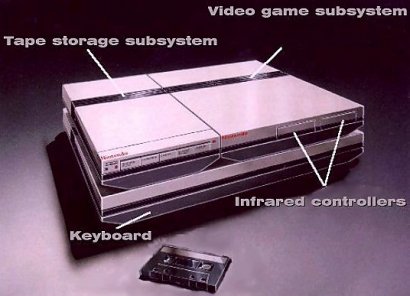
Now it looks even more like a clunky 80's VCR than the actual thing did, but back then, that was the intent. Remember that "game machine" had a stigma at the time thanks to the Atari crash. Nintendo shopped this model around, and Atari themselves almost bought the distrubtion rights, but a legal calamity involving the Colecovision version of Donkey Kong kiboshed that alternate timeline.
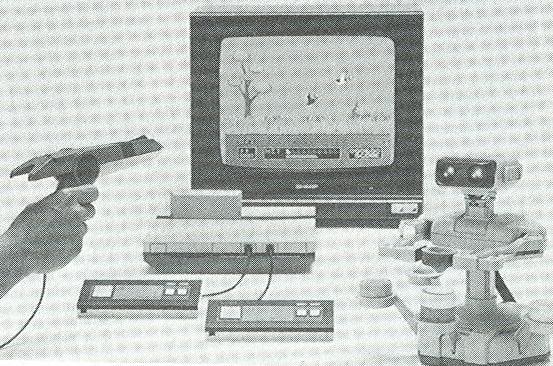
Here, we have the halfway point: ROB and Duck Hunt have been invented, but the original Zapper and controllers are still there, the shell is different and the carts are unchanged from their Famicom variants. Also, it's a top-loader. Nintendo ultimately made the NES a side-loader to, once again, make it seem less like a game console (it worked; kids called the NES cartridges "tapes" back then). For the last two years of the NES's lifespan, Nintendo reworked the machine and came out with a different, top-loading model that's preferred by most collectors. The side-loaders break a lot easier and are trickier to repair.
SUPER NES
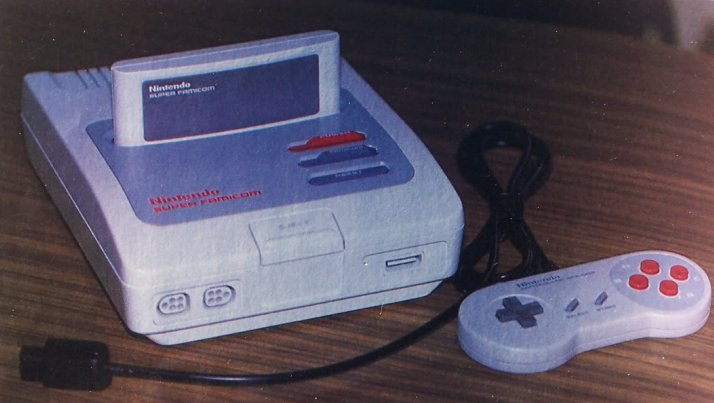
Dated from 1988, here is the prototype Super Famicom box. Little changed between this version and the final, except for this mysterious function:
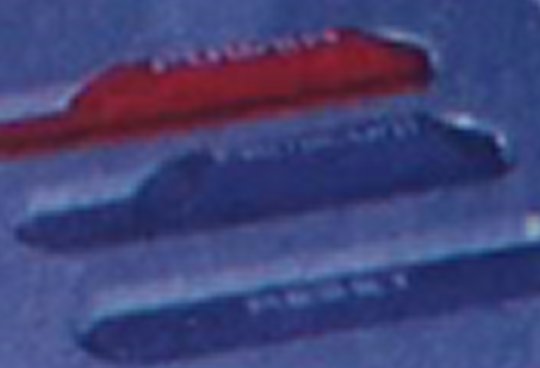
The second button says "Famicom" on it. It's never been publicly revealed what that button was supposed to do, but the most obvious guess is that it activated backwards compatibility with the original machine.
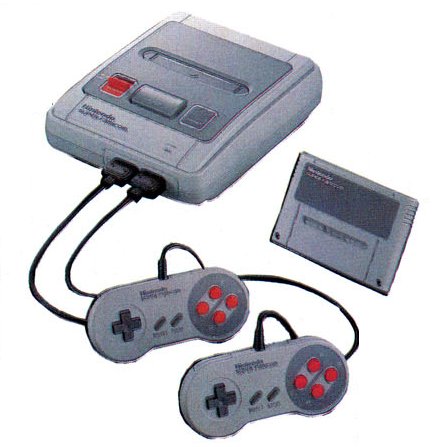
This later revision is very close to the final Japanese model, except for the bright red buttons. Europe also got this version of the SNES. The US got something different altogether.
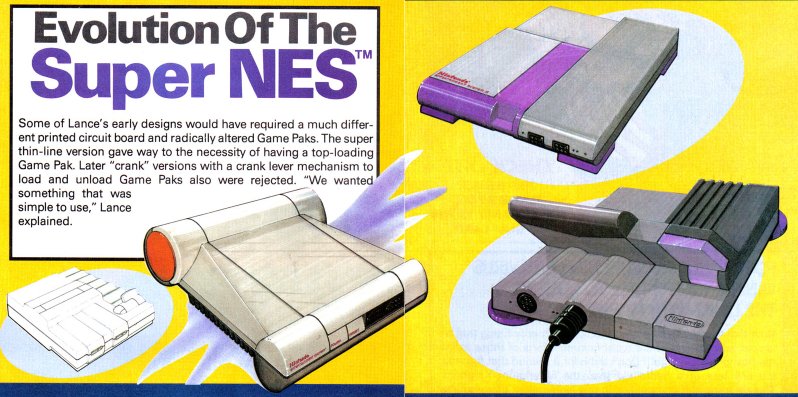
Some people feel the "radicalized" SNES model America received was ugly. To them I say: it actually looks kinda neat, and you don't know what ugly really is. Check out these things for a hint.
GENESIS / MEGA DRIVE
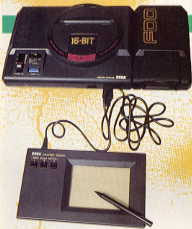
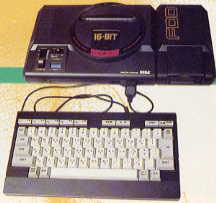
The Genesis died of natural causes (obsolesence) but also complications caused by too many unnecessary add-ons. If you can believe it, there were even more considered than made it to market, specifically what you see here: the Genesis floppy disk drive, the Genesis touch pad (seriously, a Wacom for your Genesis) and the Genesis Keyboard. I bet a Sonic game with a keyboard would have been a blast and a half.
NINTENDO PLAYSTATION
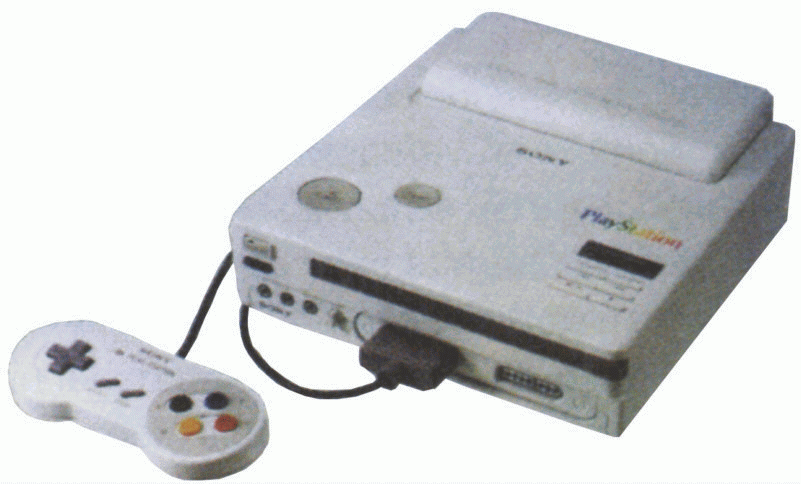
If you know your gaming history, you already know one of the most infamous events in all of console time was Nintendo and Sony's collaboration to make a hybrid SNES/CD-ROM machine called the "PlayStation." For those who already had SNESes, they could theoretically buy a separate CD-ROM drive that plugged into the bottom of the console (if you still have an SNES, check the bottom of it....there's a little door there where it was going to hook up). To make a long story short, Nintendo later decided it didn't like elements of the original contract that handed most of the CD profits over to Sony, so they stabbed them in the back. Sony got so angry they made the console independently, and got revenge by taking over the market for two whole generations until the Wii.
The original Sony Playstation might have looked like this. It might've cost $200 and launched with ports of Willy Beamish and Night Trap. It probably would've sold as well as the Sega CD did.
SONY PLAYSTATION: ATTEMPT II
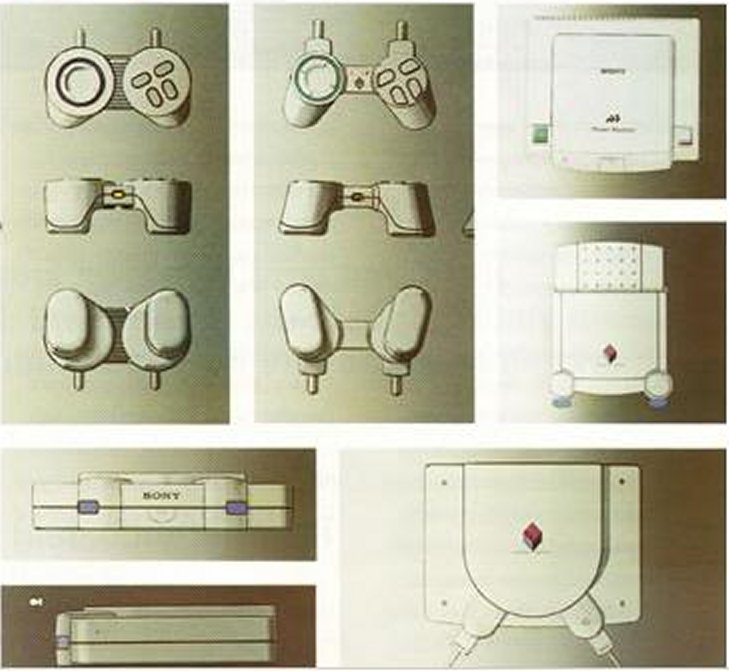
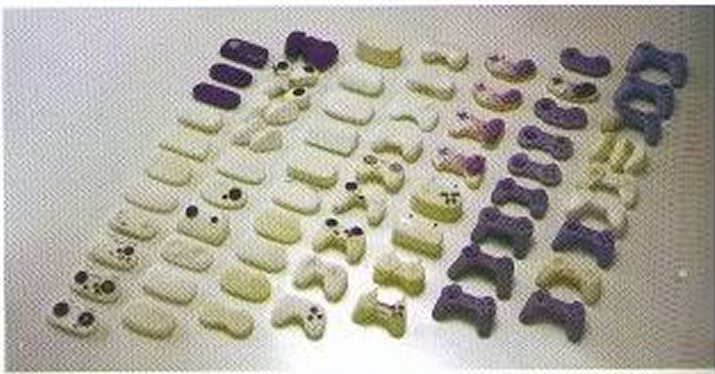
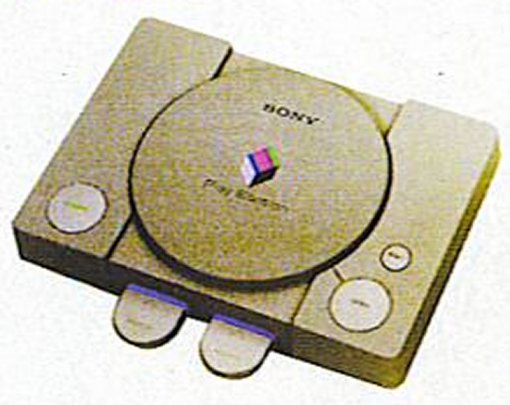
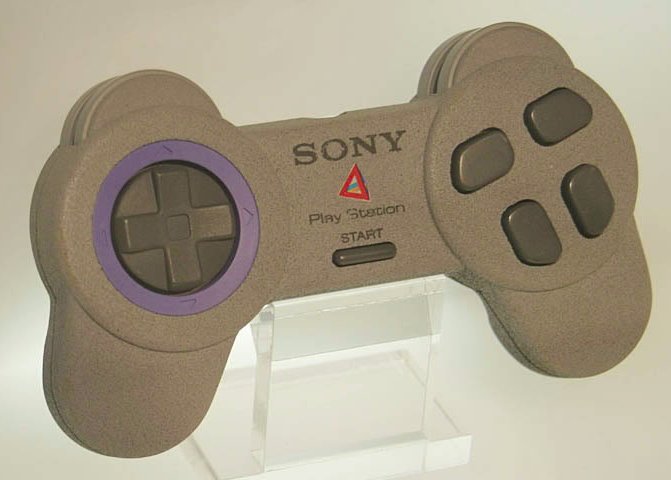
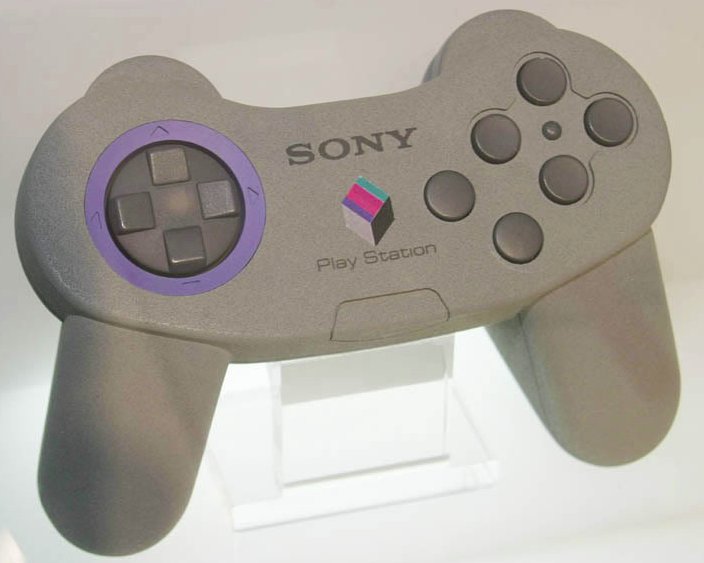
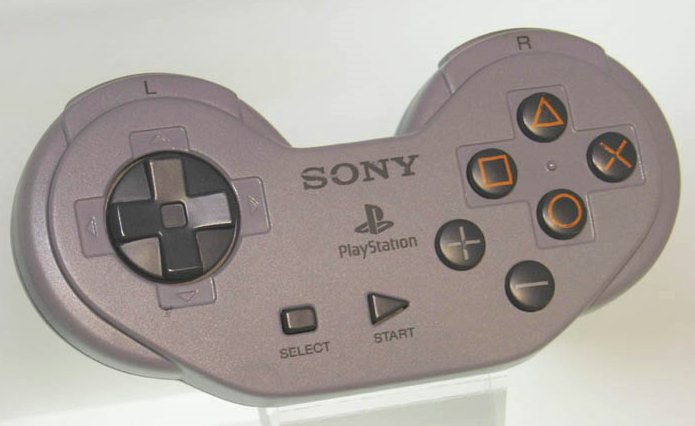

I wonder what the Plus and Minus buttons would have done.
JAGUAR VR
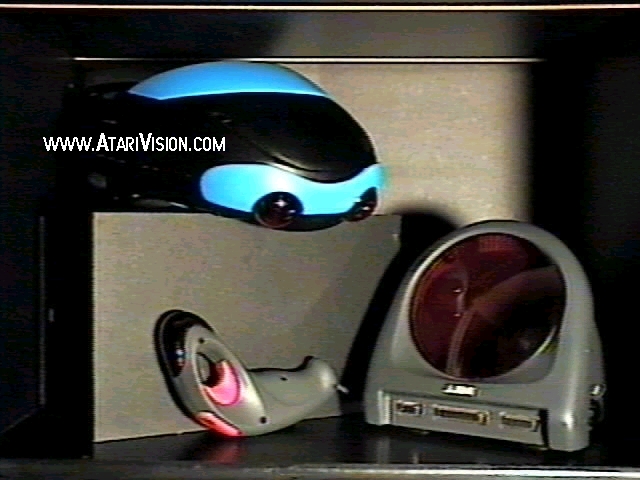
Wow. Can it get any worse than a combo of the Atari Jaguar and the Virtual Boy?
The big blue thing is the VR helmet one would have placed over their head, developed by Virtuality, creators of "Dactyl Nightmare" (the only commercial VR game ever successfully sold). To the right is the Jaguar, with a giant infrared motion-sensing lens to communicate with the helmet. The last object is a one-handed gun controller; the other hand was supposed to hold a joystick that wasn't assembled in model form by the time the project was cancelled.
Sega also had a VR machine in the works, and even completed production on one game for it, but had to scrap it because, in their words, "the 3D was so real people were bumping into things and hurting themselves."
SEGA SATURN
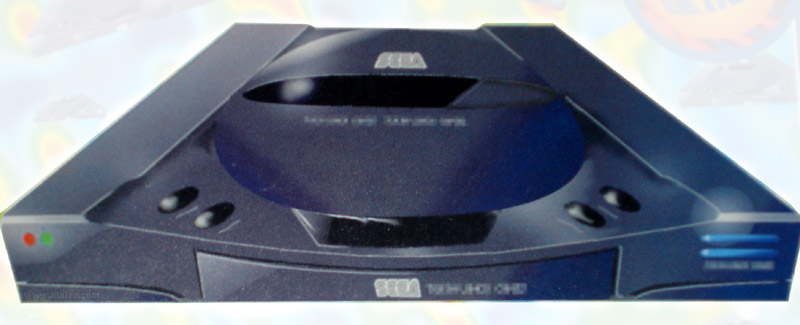
At first I was surprised by this triangular, Darth Vader-like design, but then I saw it from another angle.
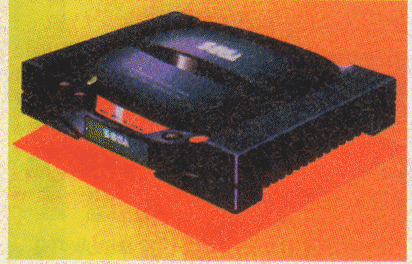
They were just trying to be "dynamic" with the first one. Triangular or square, this box was headed for a dark and gloomy Sithlike reign.
M2
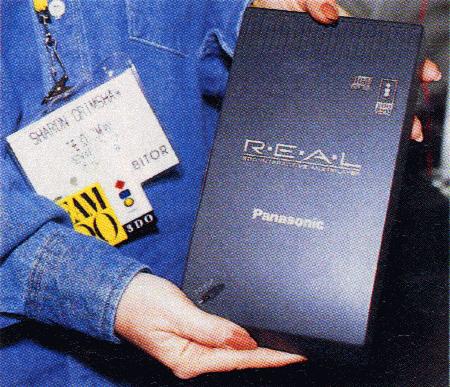
This one never even made it out, nor was it in development very long past its press debut. The M2 was the second 3DO machine, revealed during the first E3 -- the same E3 that played host to the surprise Saturn launch and Sony's famous "$299" speech. There wasn't much hoopla left over for Trip Hawkins to grab, especially for the follow-up machine to a console with such a weak userbase.
GAME BOY
At a conference in 2009, the design director of the DSi revealed a couple of considered Game Boy prototypes that never made it.
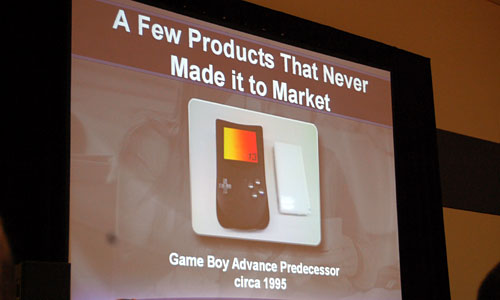
An early Game Boy Advance (1995 early), set next to a DSi for size comparison. The judgment was that it was too large, as well as not powerful enough to sufficiently call an upgrade in Nintendo's eyes.
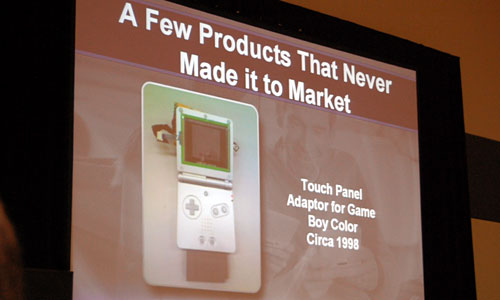
Then there's this -- touch functionality for the Game Boy Color. How did this really work? It's an add-on and not part of the screen's hardware. No one knows the truth but the guy who showed it.
NINTENDO 64
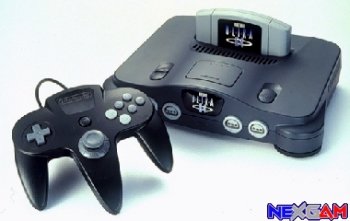
Once known as the Ultra 64, it barely changed at all within the two years from official reveal to market shelf. The biggest makeover happened to the controller -- while the basic shape remained the same, the original prototype had a larger thumbstick and the Z trigger button was round-shaped.
DREAMCAST
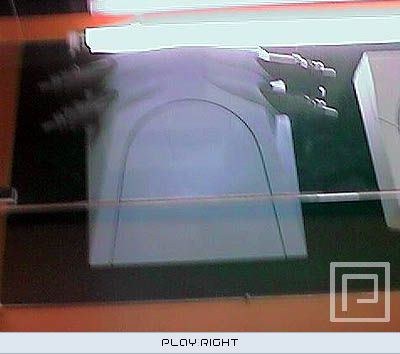
Sega thought up a bunch of wacky ideas for the Dreamcast shell -- this one made it far enough to prototype stage. It was obviously too offbeat for its time. If you think that's interesting, how about these controllers?
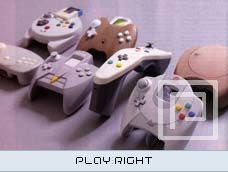
The football! The purse compact! The half-Wii-Remote half-heeled-shoe!
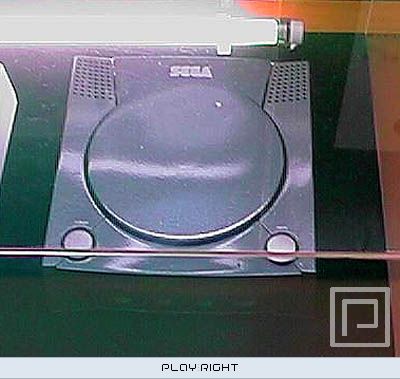
They also thought of this shell, but it was too reminiscent of the Saturn. No good reminding folks of that.
DREAMCAST AGAIN
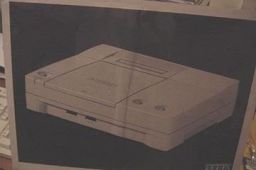
The level of disconnect between Sega's Japanese and American branches is legendary, and here's another example: both branches worked on separate versions of the Dreamcast at the same time, doubling development expenses. Sega of Japan's was code-named "Katana" while America's was code-named "Black Belt." The tiny image above is of the Black Belt model, which had a completely different chipset. Sega went with Japan's.
GAMECUBE
Rumor has it the Gamecube was set to be called the "Starcube" until a higher-up at Nintendo insisted the word "game" be in the title. The Gamecube didn't change much, as "cube" was part of the name from the beginning, but as with the 64, its controller did.
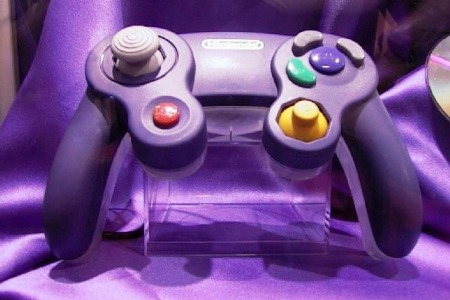
The day the Gamecube was revealed, so was this controller, with much longer handles and the Start button where the tiny useless directional pad was going to go.
PSP
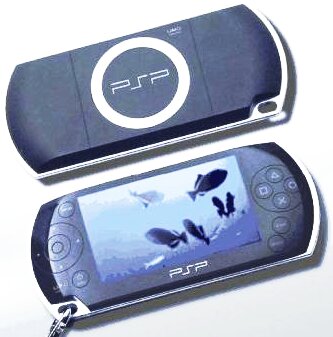
This proto-PSP was the first image of the device sent out to the public. None of the buttons are raised, there is no analog "nub," and it's encircled by what appears to be a steel casing. There's a loop on the end so you can hook it to your backpack or whatever reckless thing they thought you'd try.
The little button on the leftmost corner says "Analog" on it. ....No idea.
WII
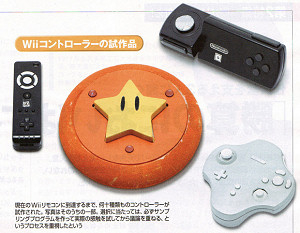
The N64 and Gamecube may not have changed much, but the Wii sure did. Nintendo experimented with several screwy controllers, not the least of which is the famous "Power-Up Star In A Frisbee."
"XBOX 360"
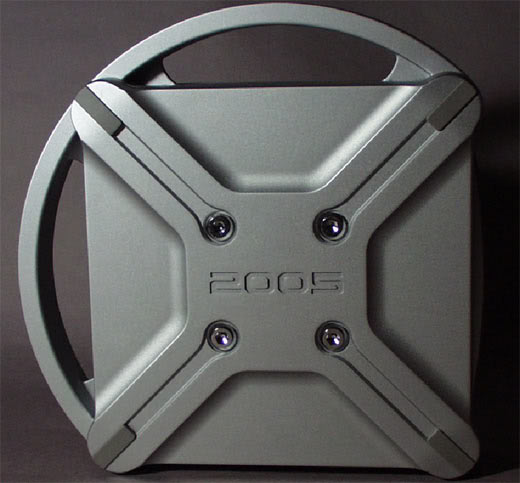
This image was leaked by Microsoft themselves, as a joke. Out of all the possible 360 shells, they hated this one the most, and figured they might as well get some mileage out of it. It was never seriously considered.
PS3
Aside from the Batarang Controllers, nothing about any of the known prototype PS3s is any different from the finished original product. Except for one element.....
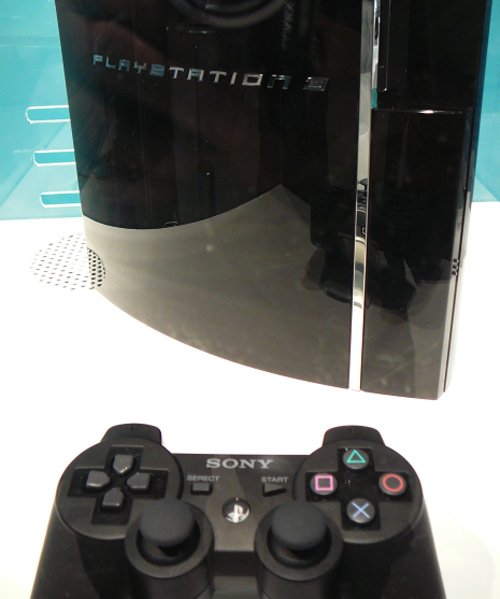
The PS3 shown off during the 2006 E3 said "Serect" instead of "Select." Ooch.